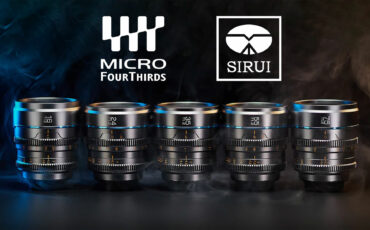SIRUI Saturn 50mmと75mm T2.9 1.6xアナモフィックレビュー – Nikon Z 9で撮影したサンプル映像も
Full-frame anamorphic lenses tend to be infamously bulky and heavy, but SIRUI is trying to change that with their Saturn T2.9 1.6x full-frame anamorphic series. In particular, today we are taking a look at the SIRUI Saturn 50mm and 75mm T2.9 1.6x full-frame anamorphic primes – which are currently on Indiegogo.
These two new focal lengths are a follow-up to the existing Saturn 35mm T2.9 1.6x launched last year as the “most compact full-frame anamorphic lens ever made”, but we’ll get to that in a second.
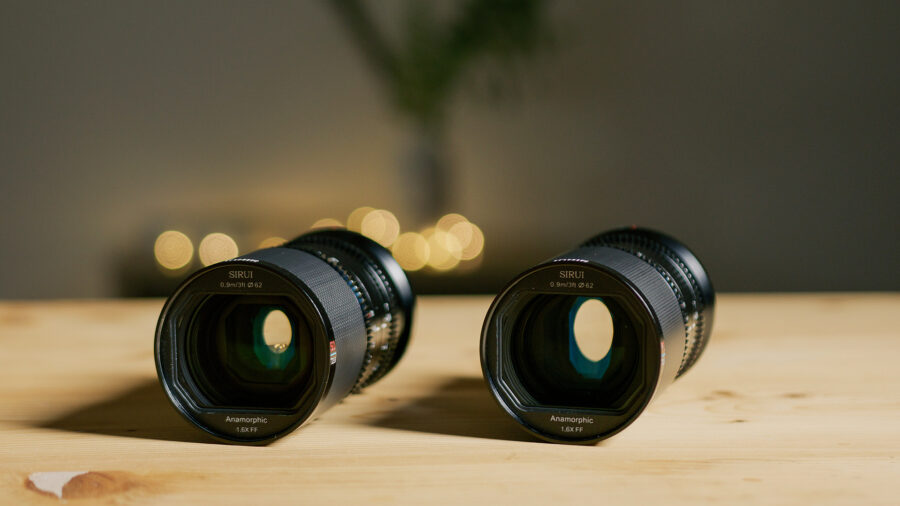
These lenses are designed to be extremely compact and lightweight, so SIRUI only offers them in 6 mirrorless mount options: Canon RF, DJI DL, FUJIFILM X, Leica L, Nikon Z, and Sony E. However, bear in mind that the mount is not user-interchangeable. So, once you make your choice, there’s no way back.
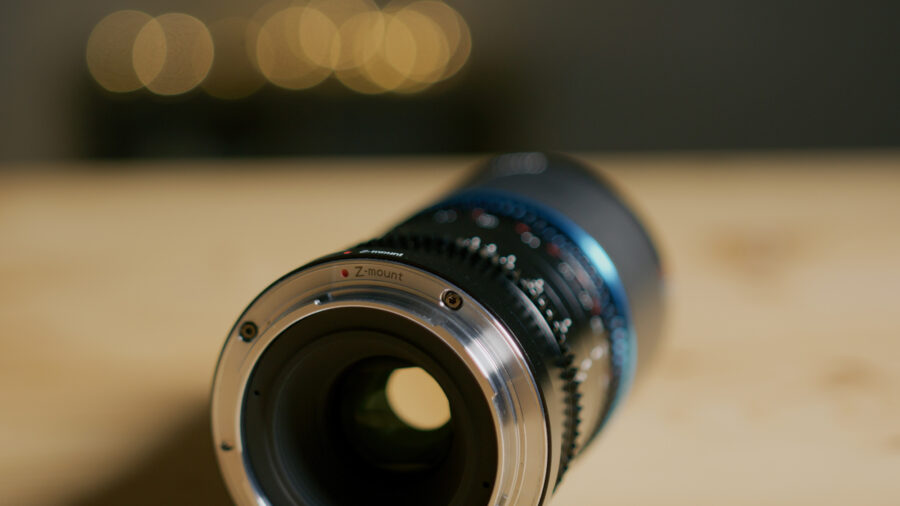
For this review, SIRUI was kind enough to send me a Z mount version of the Saturn 50mm and 75mm so I could pair them with my Nikon Z 9. Before we dive deep into the specs and I give you my impression on how it was to film with these lenses, make sure to check out the sample footage I captured over the last few days while strolling around in Milan in the video above.
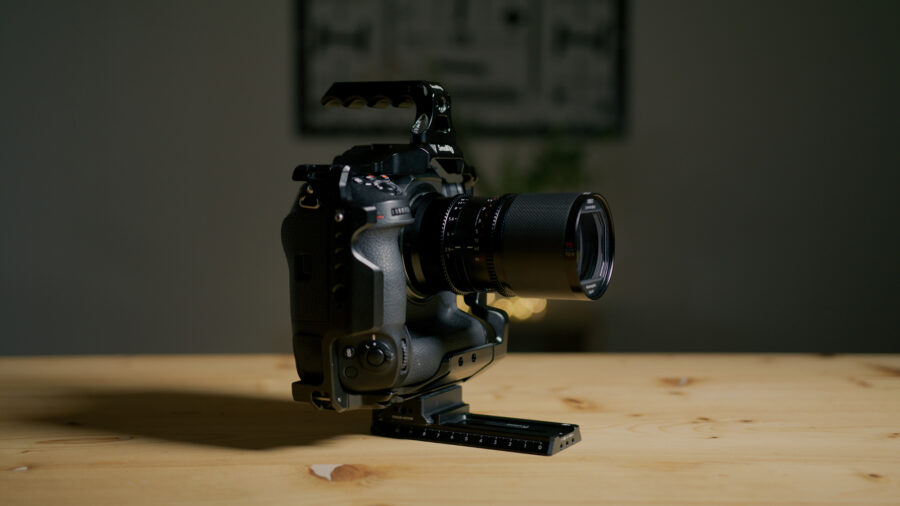
Lightweight and compact design
While there are other budget, full-frame, anamorphic options on the market, including SIRUI’s own Venus series, what really sets the Saturn lenses apart is their size and weight. The front part of the barrel is made of carbon fiber, but this doesn’t affect the overall build quality at all.
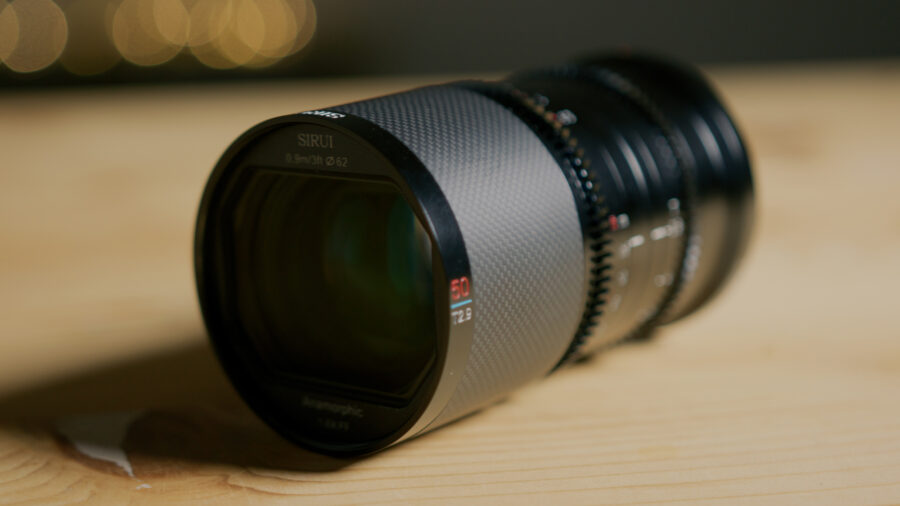
Honestly, I was really impressed when I first held these lenses in my hands. If you’ve ever worked with the SIRUI 1.33x APS-C anamorphic primes, then you know what I’m talking about.
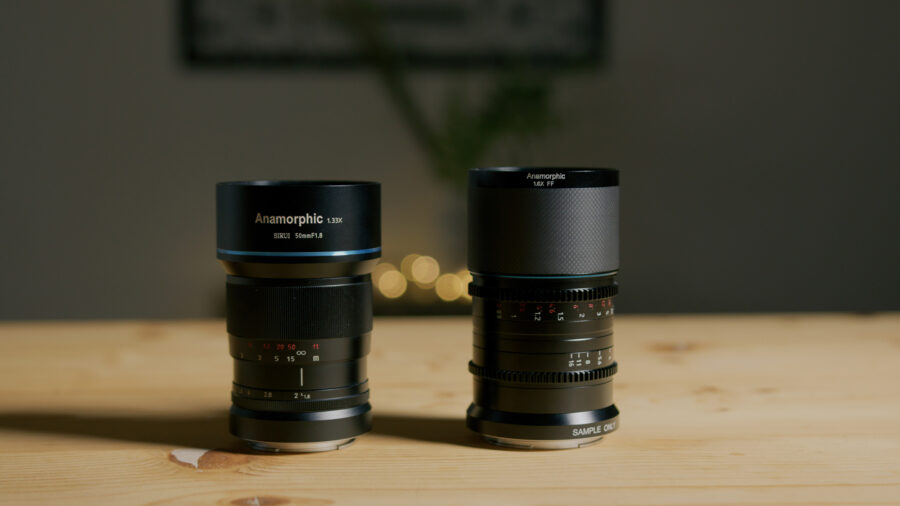
The Saturn lenses measure pretty much the same but are lighter, even though they’re designed to cover full-frame. And this is quite remarkable.
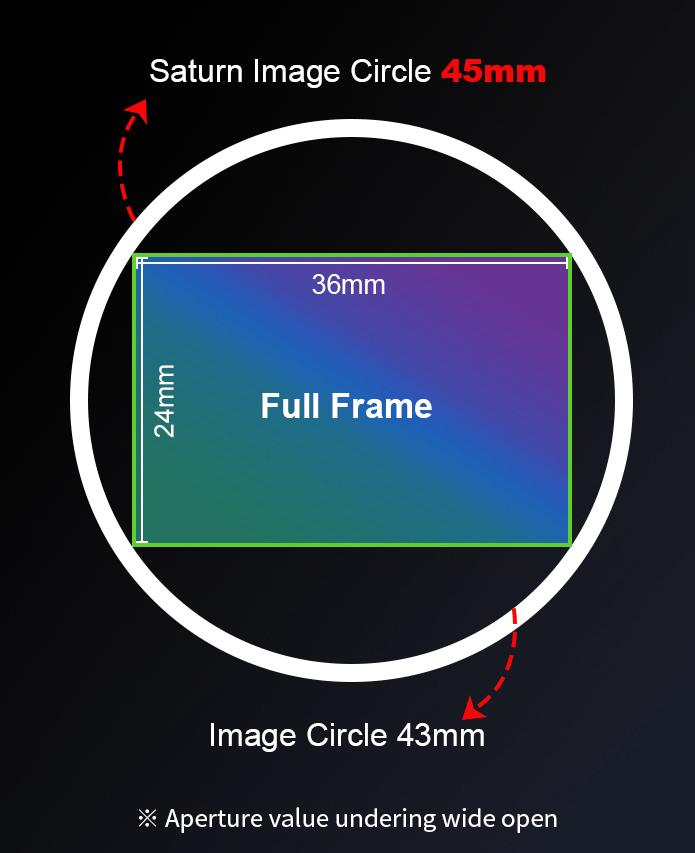
The 35mm still remains the lightest in the series – with a weight of around 400 grams, depending on the lens mount option that you choose – but the 50mm and 75mm tip the scale at only 470g and 480g respectively. However, if you’re mounting your camera on a gimbal, even a slight 10-gram variance matters, so you will still need to fine-tune your balance slightly.
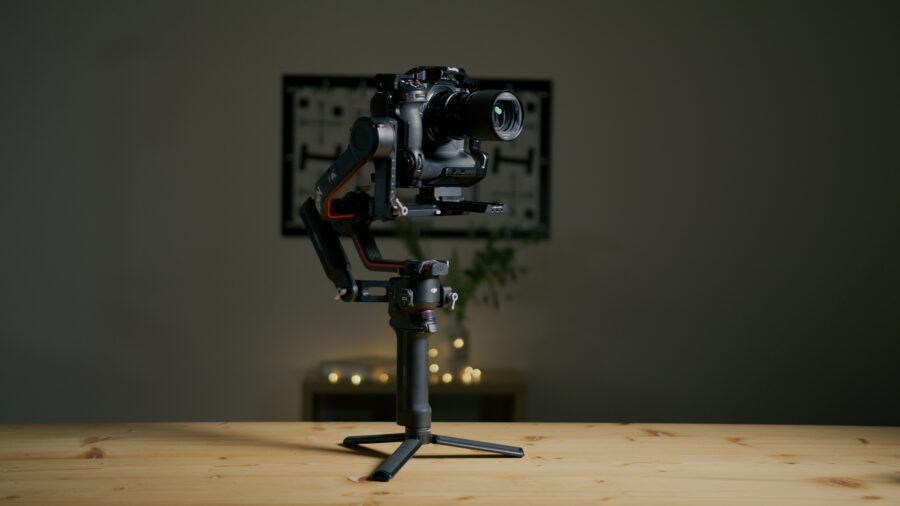
Using filters
Another caveat of switching lenses within the Saturn series is that the size of the front filter thread is not consistent across the set. Indeed, while the 35mm takes 58mm filters, the new 50mm and 75mm have a front filter thread of 62mm. This means you have to use at least one adapter ring, which is somewhat tedious.
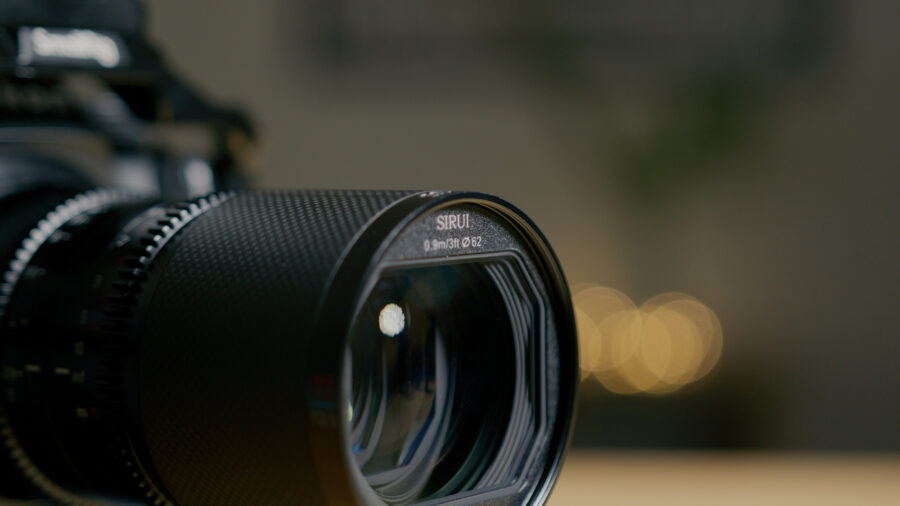
Or, you could mount an adapter ring to all lenses and use a clamp-on matte box, for example. But to me, this makes little sense, since you would lose the biggest benefit of shooting with these lenses – the fact that you can take them pretty much wherever you go.
Focus and iris gears
On a positive note, the position of the manual focus and iris gears is unified across the set, so working with a follow focus system is a breeze. Focus markings are engraved in both metric and imperial scales. The focus ring feels quite smooth and has a throw of 120°. I think this is a good range, especially if you’re often pulling focus directly on the lens barrel as a solo operator.
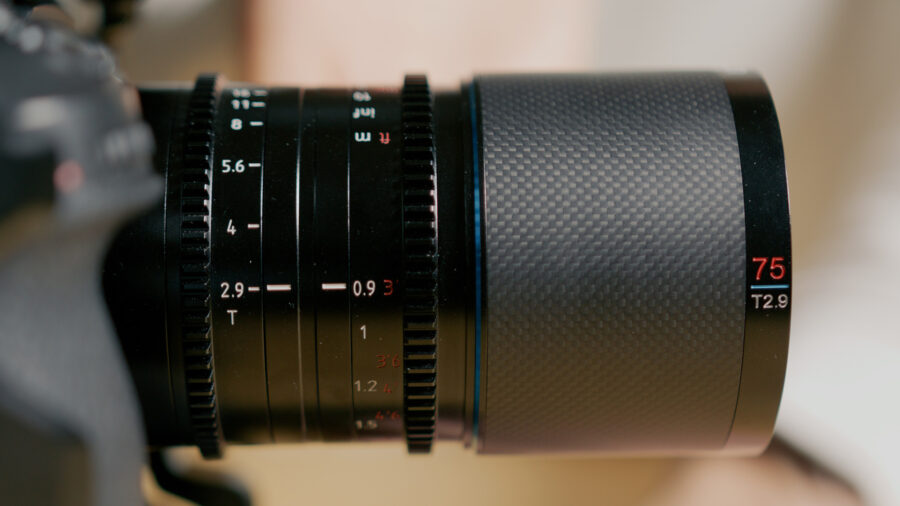
On the other hand, the lenses definitely don’t shine when it comes to close focus. The minimum focus distance is 0.9m/3ft. on both lenses, so you need to use diopters if you want to get very close to your subject.

I think this is one of the biggest tradeoffs that SIRUI had to make in order to keep the size and weight of these lenses down, along with the maximum aperture of T2.9 – which can be quite limiting in low-light scenarios.

1.6x squeeze – a rare beast
Ok, but now let’s move on to what really matters – the anamorphic characteristics of these lenses. If you’re shooting on a 16:9 sensor, the 1.6x squeeze factor allows you to produce final images with a wide 2.8:1 aspect ratio – or, if your camera allows for 3:2 capture, you will end up with a 2.4:1 image.


Also, the 1.6x squeeze means that the 50mm provides the horizontal FOV of a 31mm spherical lens, while the 75mm behaves like a 47mm (horizontally).


I found myself using the 75mm more often than the 50mm, and I think that’s due to a combination of minimum focus distance and horizontal FOV. I like shooting close-ups where my subject is isolated from the background, and since both lenses have the same minimum focus distance, the greater magnification of the 75mm helped me do just that.

Unfortunately, no Nikon mirrorless camera to date supports dedicated anamorphic recording modes, nor do they have an in-camera de-squeeze function. So, if you’re like me and need an external monitor to properly display the image, just make sure that it does have a de-squeeze function built-in.
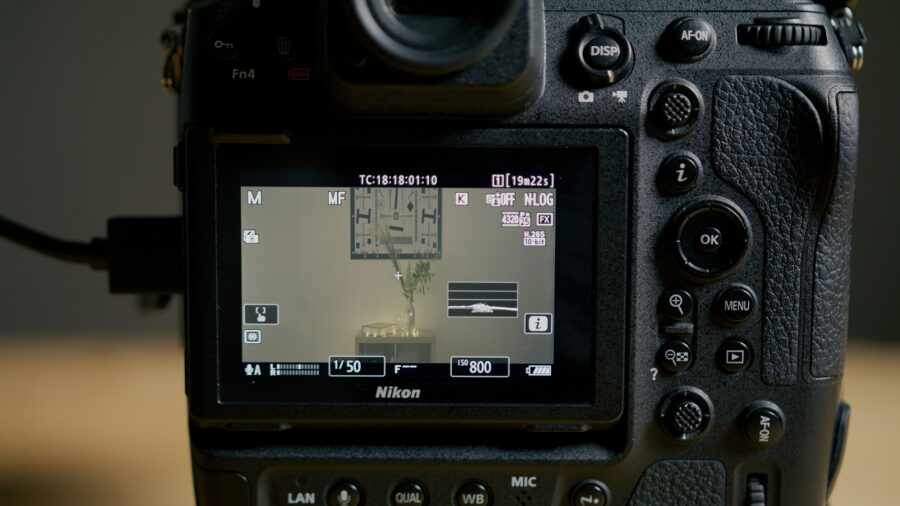
By the way, 1.6x is quite an unusual value to work with, so some basic math may be required to properly de-squeeze the image on your external monitor or inside your editing software.
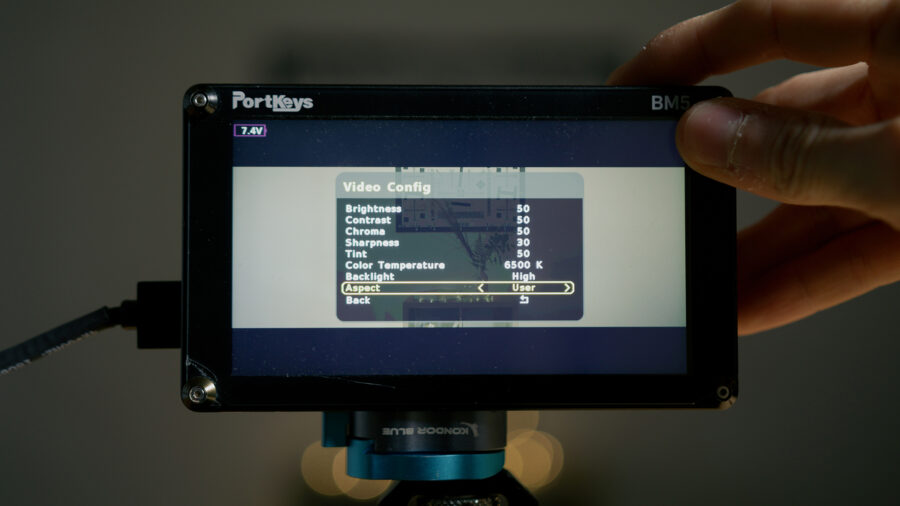
Blue or neutral?
One of the most sought-after traits of an anamorphic lens is its flare, and SIRUI gives us two options here: blue or neutral. The former produces the classic blue streaks that we’re used to from science-fiction films, while with the neutral option, the flare picks up the color of the light source. Unfortunately, I only had the chance to play around with blue flare lenses, so I cannot speak for the neutral option.

I shot some isolated flare tests at different aperture values and focus distances, as these can reveal more of the “Saturn look”. As you can tell, the blue light streak takes the stage, even when light hits the front element of the lens at extreme angles. As you start panning towards the light source with the 75mm, veiling glare, and eyelash flare easily kick in. These are less prominent on the 50mm, which is dominated by spot flares instead.


As far as I’m concerned, I think these flares look “too classic” and lack a bit of personality. But that ultimately comes down to personal taste.
Optical evaluation
Both lenses are quite sharp at the center, even wide open. But if we take a look at the edges of the frame, they are a little soft at T2.9. Things get better if you stop down your aperture to T4, and at T5.6 the lenses are pretty much perfect, but I don’t see many people closing down their aperture this much.
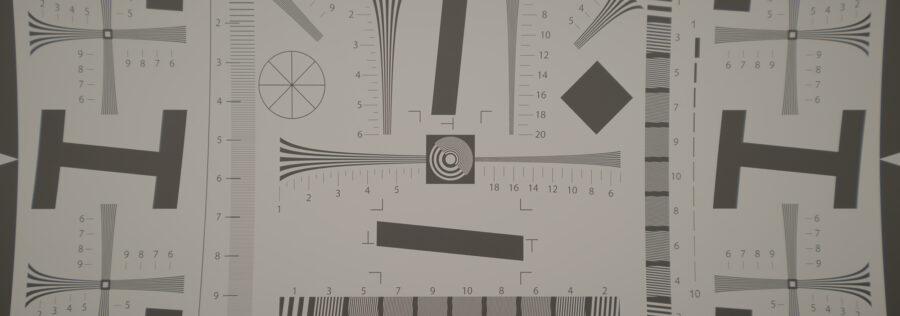
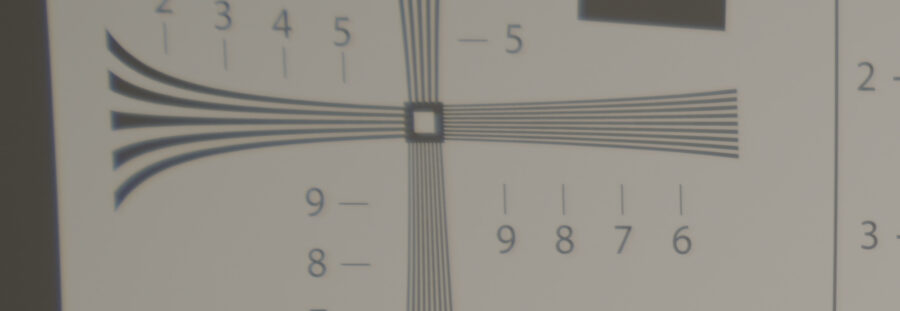
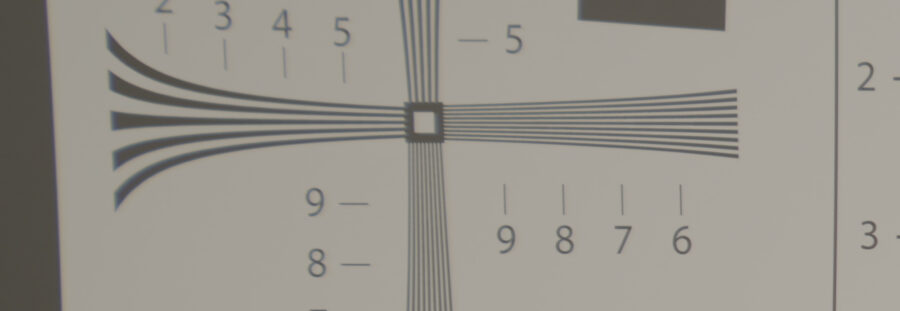
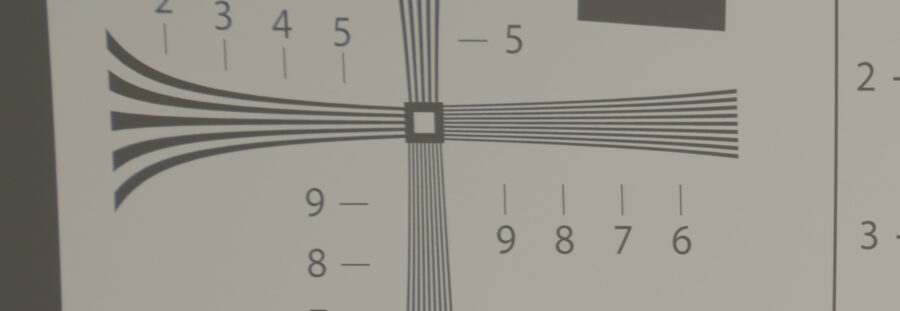
The oval bokeh looks pretty nice and smooth, and it only gets a little irregular towards the edges of the frame. Some degree of chromatic aberration is happening, but it looks pretty well controlled.
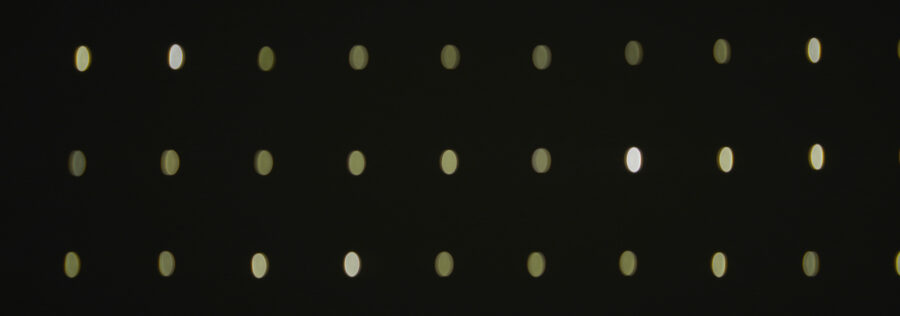
One thing to be aware of though is that both the 50mm and the 75mm showcase a fair amount of pin-cushion distortion, which I’m not a big fan of. You can reduce this by fixing it in post or setting your camera to APS-C/Super35 mode. However, this is very noticeable in full-frame, so you should be careful with your composition, especially when placing subjects too close to the edges of the frame.
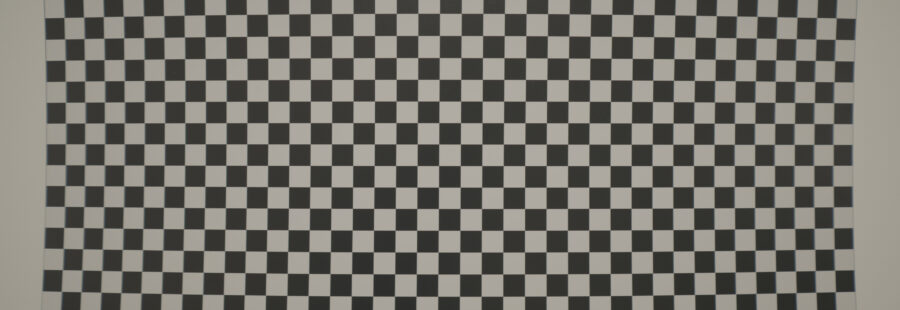
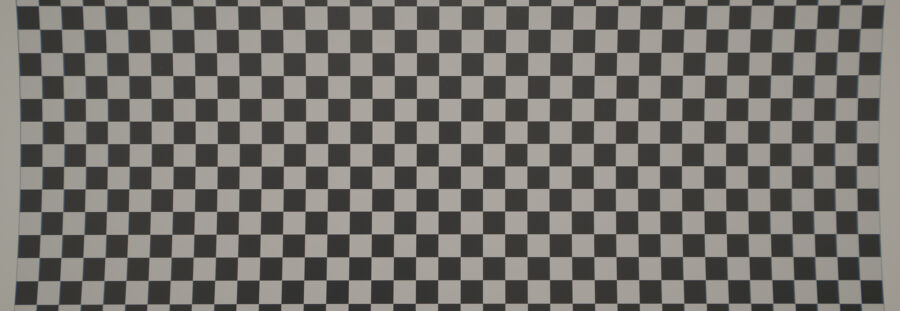
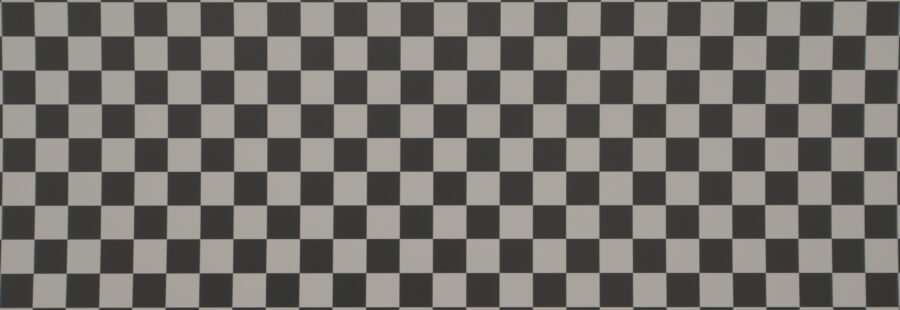
This is also true for focus breathing, as the magnification on both lenses varies quite a bit when racking focus from close to infinity, and back.


Final thoughts
Finally, let’s endeavor to answer the question: who are these lenses for? Well, the first and most obvious target is independent filmmakers. The Super Early Bird price of $999 per piece, or $2,999 for the 3-lens set, is quite appealing. And especially if you’re just starting out with anamorphic, this can be a good place to start. The lenses are easy to carry around wherever you go, and having them on you all the time gives you a lot of freedom to experiment.
However, I also think there’s a place for the Saturn lenses on slightly larger productions. Even if they might not have the strong character it takes to become the main lens choice for a DP on a high-end commercial, they can still be mixed and matched with other lenses for specific shots – especially when mounting a full-sized 50mm or 75mm full-frame anamorphic lens would just be impossible.
Price and availability
The Indiegogo campaign is live now, and the estimated shipping will start in December 2023. See the campaign here.
As always, please take into account that backing a crowdfunding campaign has its risks. We encourage you to research and remember that there is a chance for delays and changes in the final models, and some products are never delivered. Please read carefully Indiegogo’s terms and conditions before backing a project like this.
What do you think of the new SIRUI 50mm and 75mm carbon fiber anamorphic lenses? Are you considering adding them to your kit? Don’t hesitate to let me know in the comments down below!


